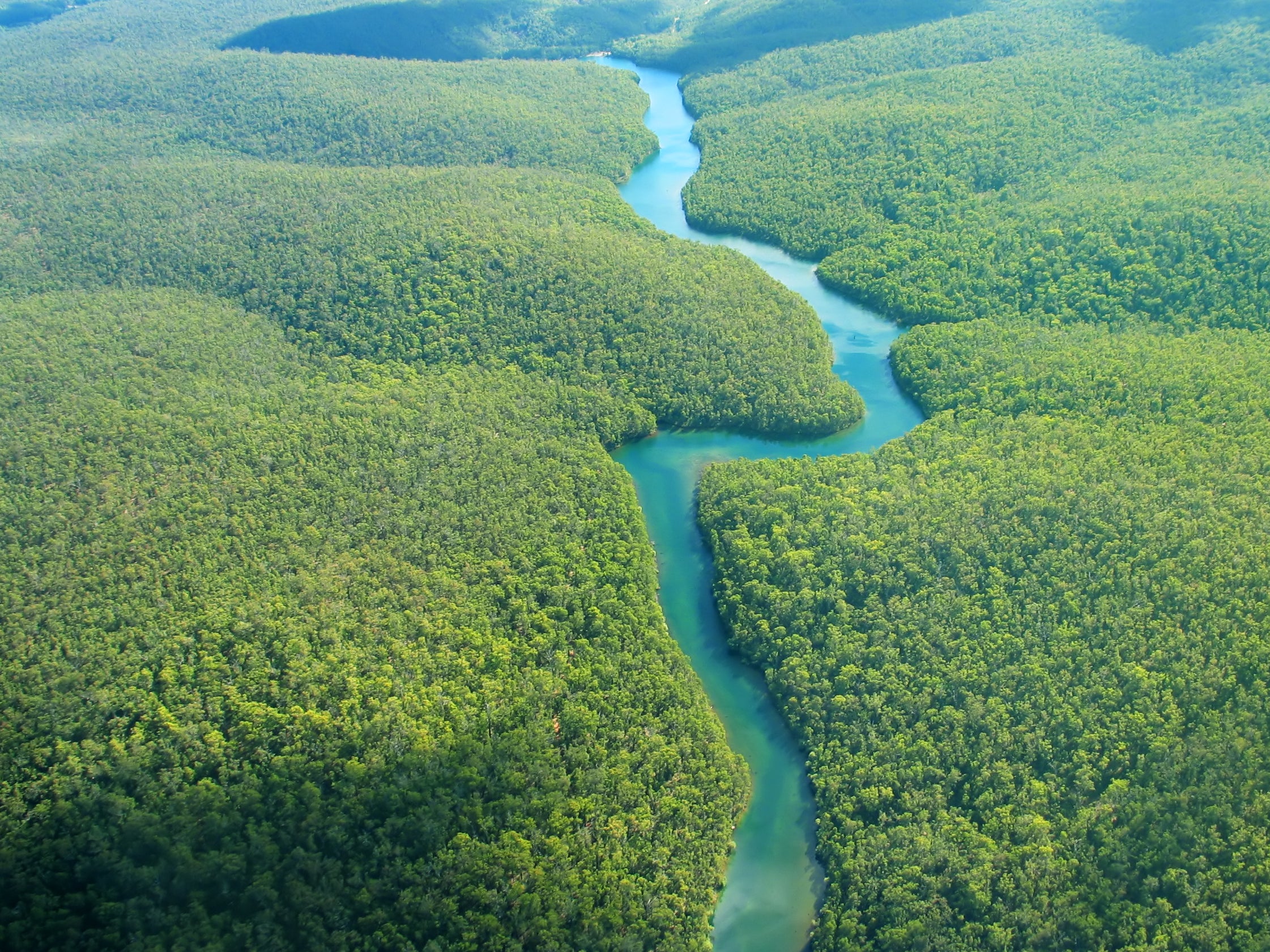Climate crisis: Tropical rainforest ‘tipping point’ identified as scientists call for immediate action to tackle global warming
South American forests at greatest risk due to higher temperatures

Your support helps us to tell the story
From reproductive rights to climate change to Big Tech, The Independent is on the ground when the story is developing. Whether it's investigating the financials of Elon Musk's pro-Trump PAC or producing our latest documentary, 'The A Word', which shines a light on the American women fighting for reproductive rights, we know how important it is to parse out the facts from the messaging.
At such a critical moment in US history, we need reporters on the ground. Your donation allows us to keep sending journalists to speak to both sides of the story.
The Independent is trusted by Americans across the entire political spectrum. And unlike many other quality news outlets, we choose not to lock Americans out of our reporting and analysis with paywalls. We believe quality journalism should be available to everyone, paid for by those who can afford it.
Your support makes all the difference.Tropical rainforests’ vital ability to store carbon is under threat due to rising global temperatures, and the Amazon is particularly at risk, scientists have warned.
Calling for “immediate steps” to conserve forests and stabilise the global climate, the authors of a study based on research from 600 sites around the world said that beyond a maximum daily temperature of 32.2C, trees get too hot and dry, causing them to die and release their stores of carbon.
The scientists said this happens because as temperature rise, the trees may close the pores in their leaves to save water, but that also prevents them from taking in more carbon.
When they die, they release their stored carbon back into the atmosphere.
Tropical forests hold about 40 per cent of all the carbon stored by land plants. For this study, researchers measured the ability of tropical forests in different sites to store carbon.
“Tropical forests grow across a wide range of climate conditions,“ said Stuart Davies, director of the Smithsonian‘s Forest Global Earth Observatories, a worldwide network of 70 forest study sites in 27 countries.
“By examining forests across the tropics, we can assess their resilience and responses to changes in global temperatures. Many other studies explored how individual forests respond to short-term climatic fluctuations. This study takes a novel approach by exploring the implications of thermal conditions currently experienced by all tropical forests.”
The huge research team, led by Martin Sullivan from the University of Leeds and Manchester Metropolitan University, found major differences in the amount of carbon stored by tropical forests in South America, Africa, Asia and Australia.
South American forests store less carbon than forests in Africa, Asia and Europe, perhaps due to evolutionary differences in which tree species are growing there, ths scientists said.
They also found the two most important factors predicting how much carbon is lost by forests is the maximum daily temperature and the amount of precipitation during the driest times of the year.
As temperatures reach 32.2C, carbon is released much faster, they found. Trees can apparently cope with increases in the minimum nighttime temperature (a global warming phenomenon observed at some sites), but not with increases in maximum daytime temperature.
They predict South American forests will be the most affected by global warming because temperatures there are already higher than on other continents and the projections for future warming are also highest for this region.
Increasing carbon in the atmosphere may counterbalance some of this loss, but would also exacerbate the warming causing the problem in the first place.
Forests can adapt to warming temperatures, the scientists said, but it takes time. Tree species that cannot take the heat die and are gradually replaced by more heat-tolerant species. But that may take several human generations.
“This study highlights the importance of protecting tropical forests and stabilizing the Earth’s climate,” said Jefferson Hall, co-author and director of the Smithsonian’s Agua Salud project in Panama.
“One important tool will be to find novel ways to restore degraded land, like planting tree species that help make tropical forests more resilient to the realities of the 21st century,” he said.
Steve Paton, director of Smithsonian Tropical Research Initiave’s physical monitoring program, said that in 2019 there were 32 days with maximum temperatures over 32C at a weather station in the forest canopy on Barro Colorado Island in Panama, and his data indicates that these exceptionally hot days are becoming more common.
The research comes two months after a similar finding by another international group of academics who warned in March that the world’s remaining undisturbed tropical forests may have already begun to switch from being a major carbon sink, to eventually becoming an overall source of carbon.
Without carbon sequestration continuing, the impact on greenhouse gases in the atmosphere could be devastating, the researchers warned.
The study is published in Science.
Join our commenting forum
Join thought-provoking conversations, follow other Independent readers and see their replies
Comments